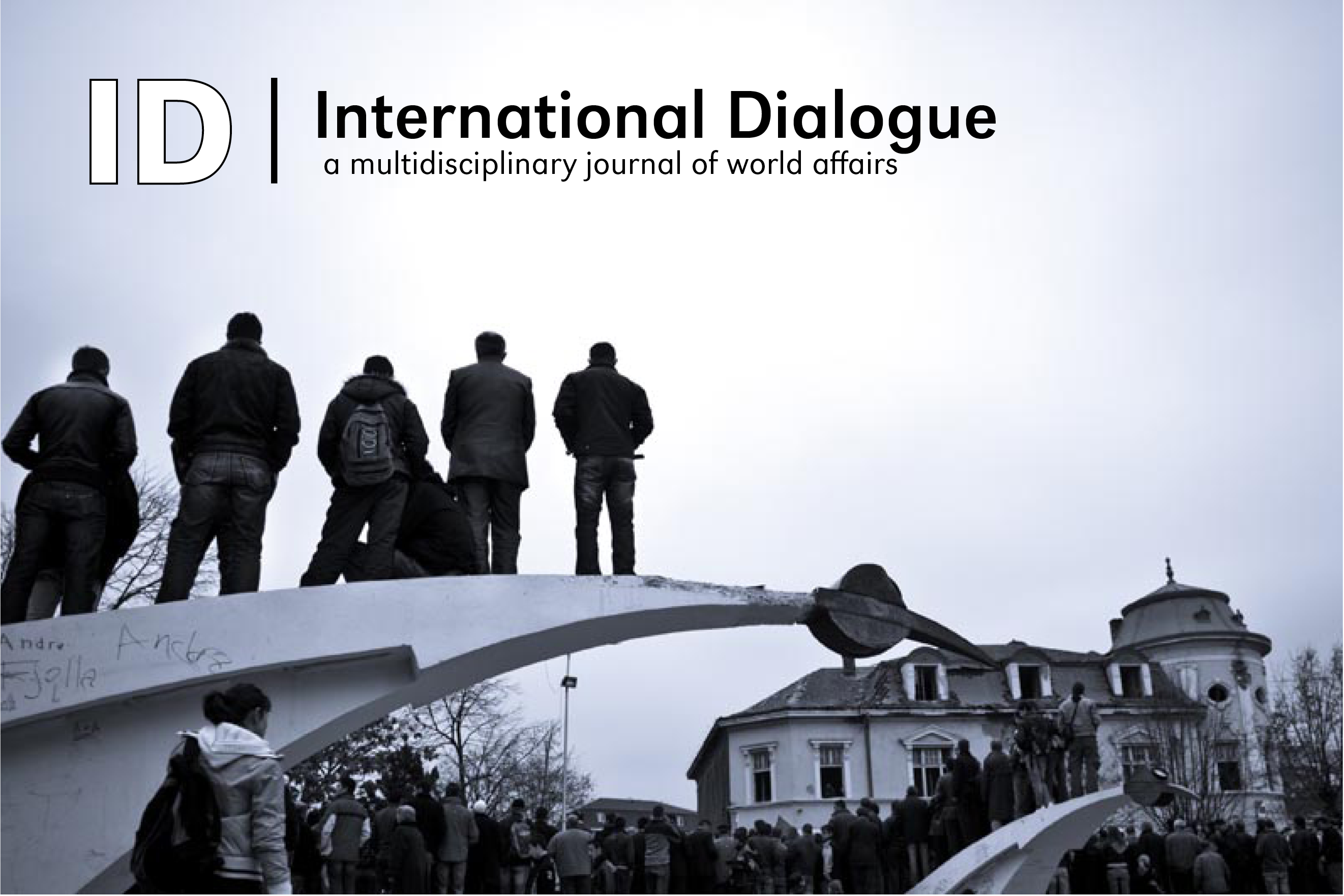International Dialogue

Abstract
The U.S.-led invasion of Iraq in 2003 generated a maelstrom of images. There were cities lit by the “shock and awe” bombardment, the falling statues, the traumatized civilians and scene after scene of coalition forces vainly searching for weapons of mass destruction. But among the most peculiarly troubling were the images of the looting of Iraq’s national museum. The human suffering was sadly familiar to the TV audience around the world but the looting broke new ground. The images of looting spoke of the depth of the anarchy into which Iraq was tumbling. They represented the destruction of something greater than the immediate bricks and mortar, blood and bone of a twenty-first century nation; something ancient, irreplaceable and shared: a part of the heritage of all humanity. But the real political impact of those images came from the U.S. military’s failure to either anticipate the action (despite similar smaller incidents during the previous Gulf War) or to react to stop it. It seemed that American indifference had led to what the press dubbed “The greatest cultural disaster of the last 500 years.” The dismissive remark of the Secretary of Defense Donald Rumsfeld that “stuff happens” added the final twist to a poisonous cocktail guaranteed to corrode the image of U.S. as benevolent, wise or respectful of other nations or even its own shared origins. The State Department noticed the disaster and set about a campaign to do what it could to correct the image of American ambivalence over the collective heritage of humanity. That work is a major focus of this book.
Recommended Citation
Cull, Nicholas J.
(2013)
"U.S. Cultural Diplomacy and Archeology: Soft Power, Hard Heritage,"
International Dialogue: Vol. 3, Article 21.
DOI: https://doi.org/10.32873/uno.dc.ID.3.1.1070
Available at:
https://digitalcommons.unomaha.edu/id-journal/vol3/iss1/21
Included in
Ethics and Political Philosophy Commons, International and Area Studies Commons, International and Intercultural Communication Commons, International Relations Commons, Political Theory Commons
